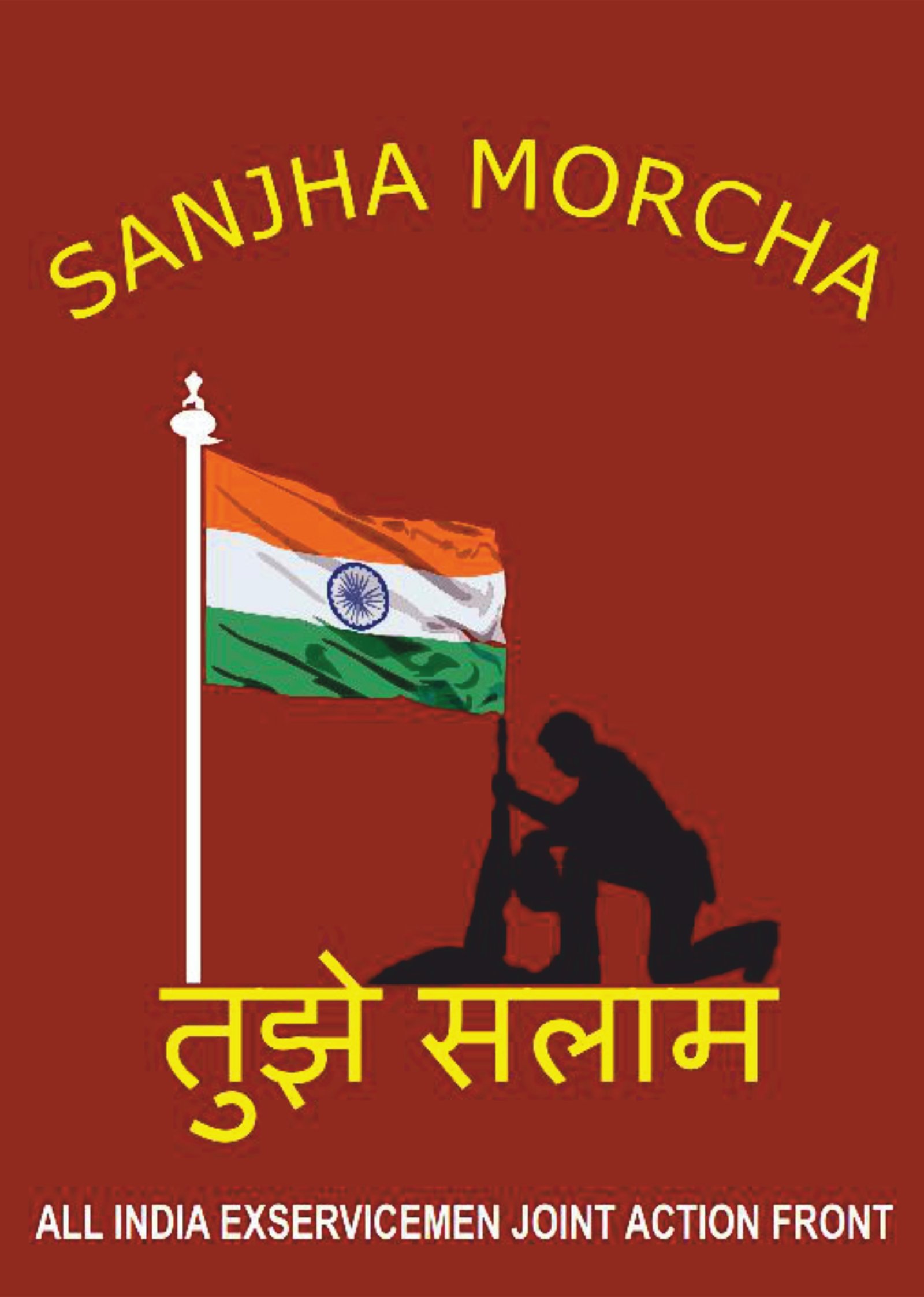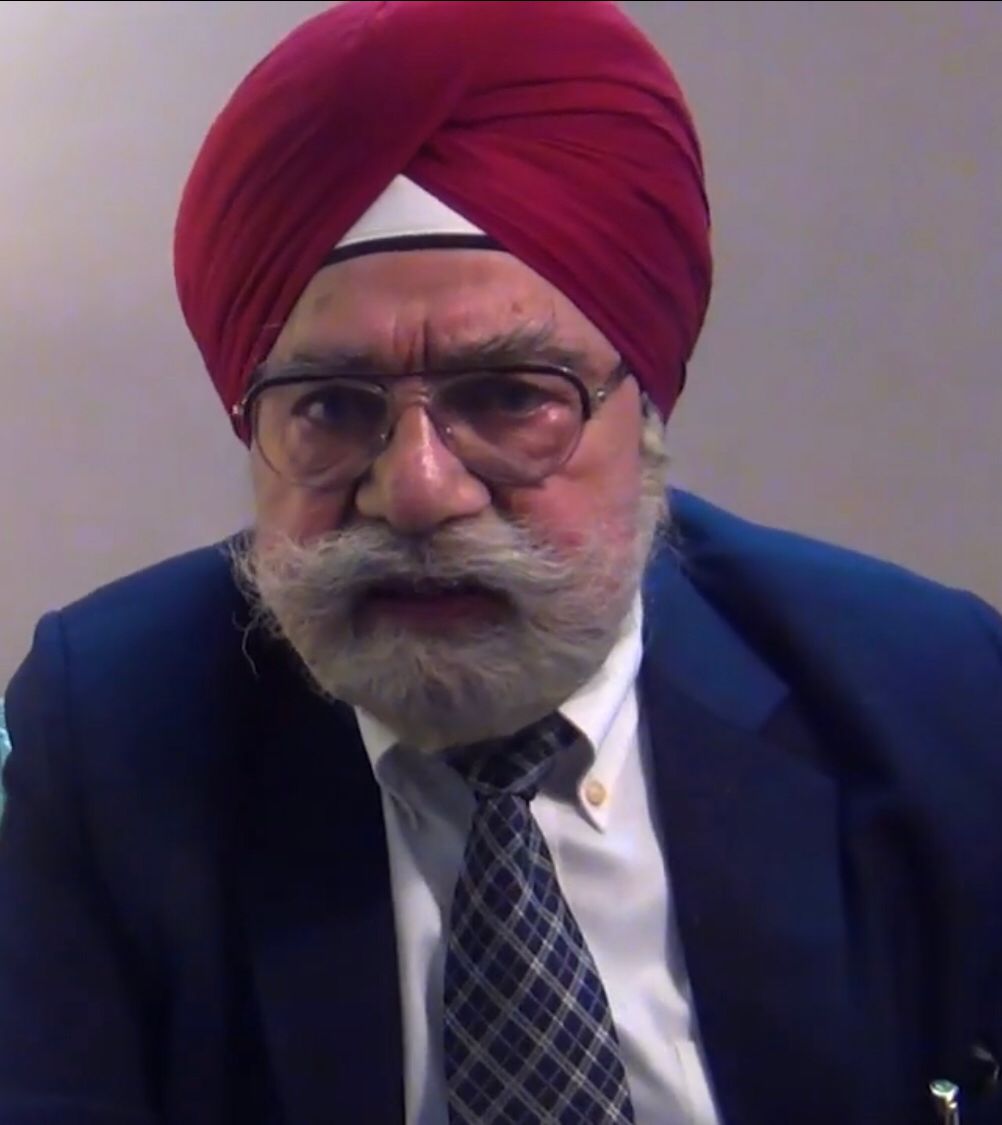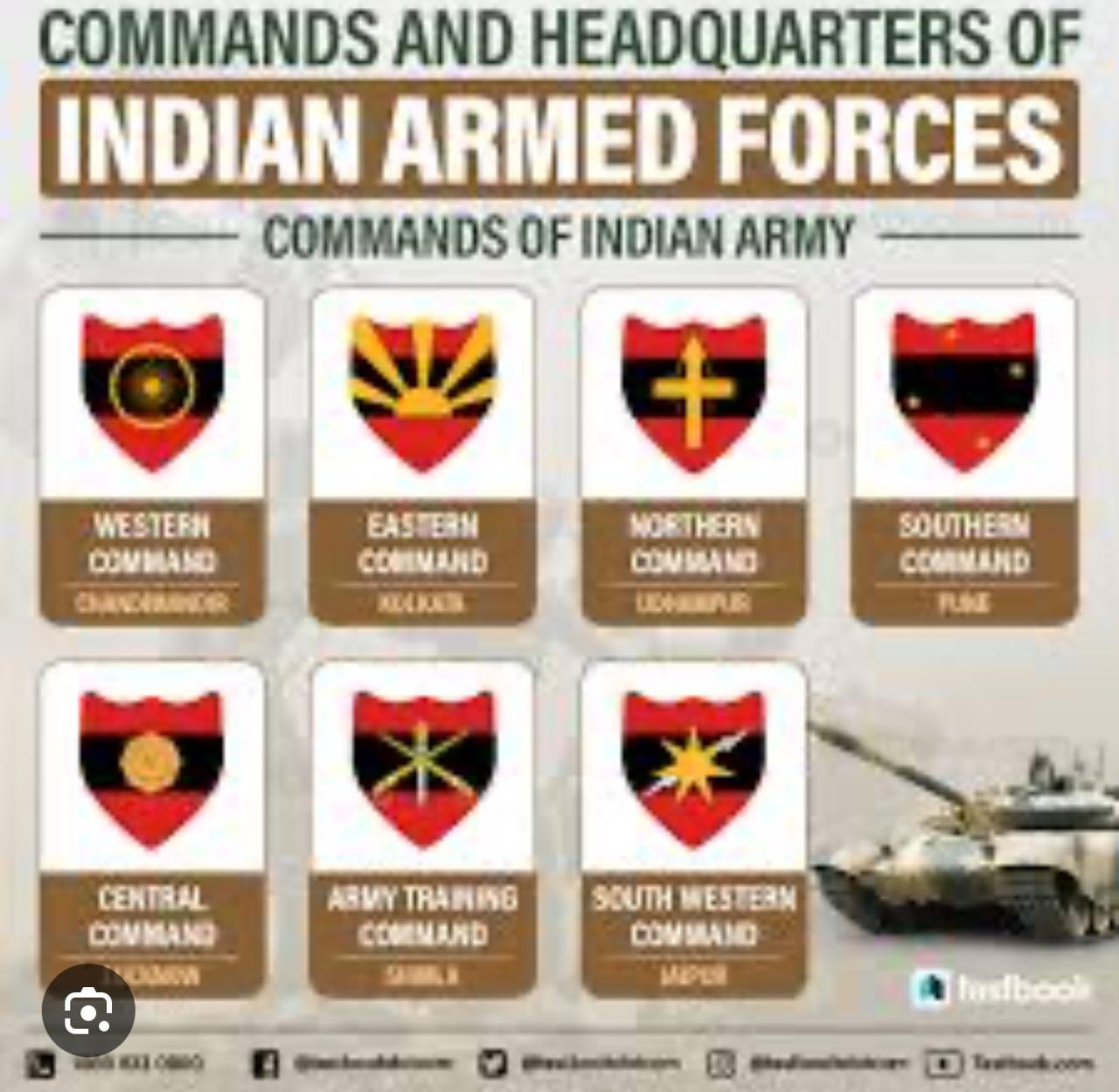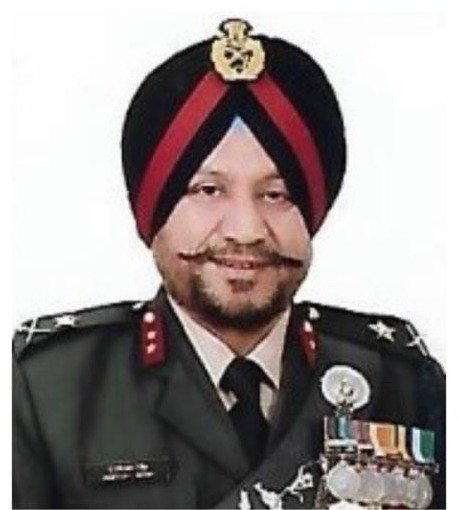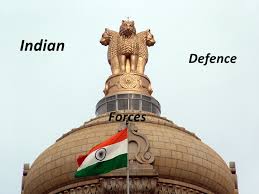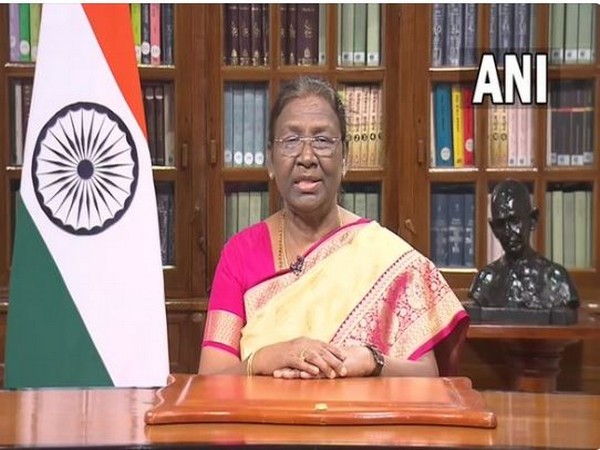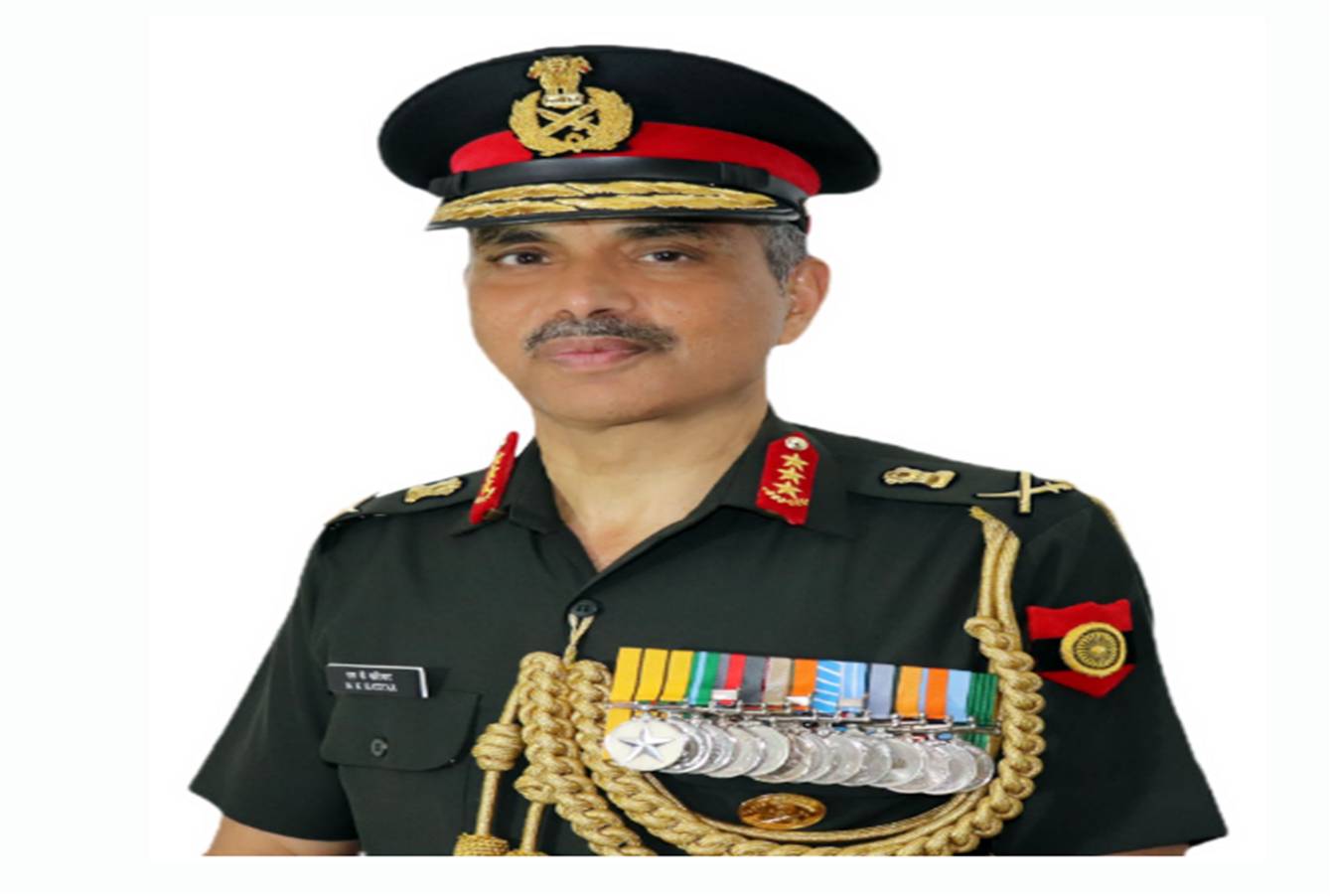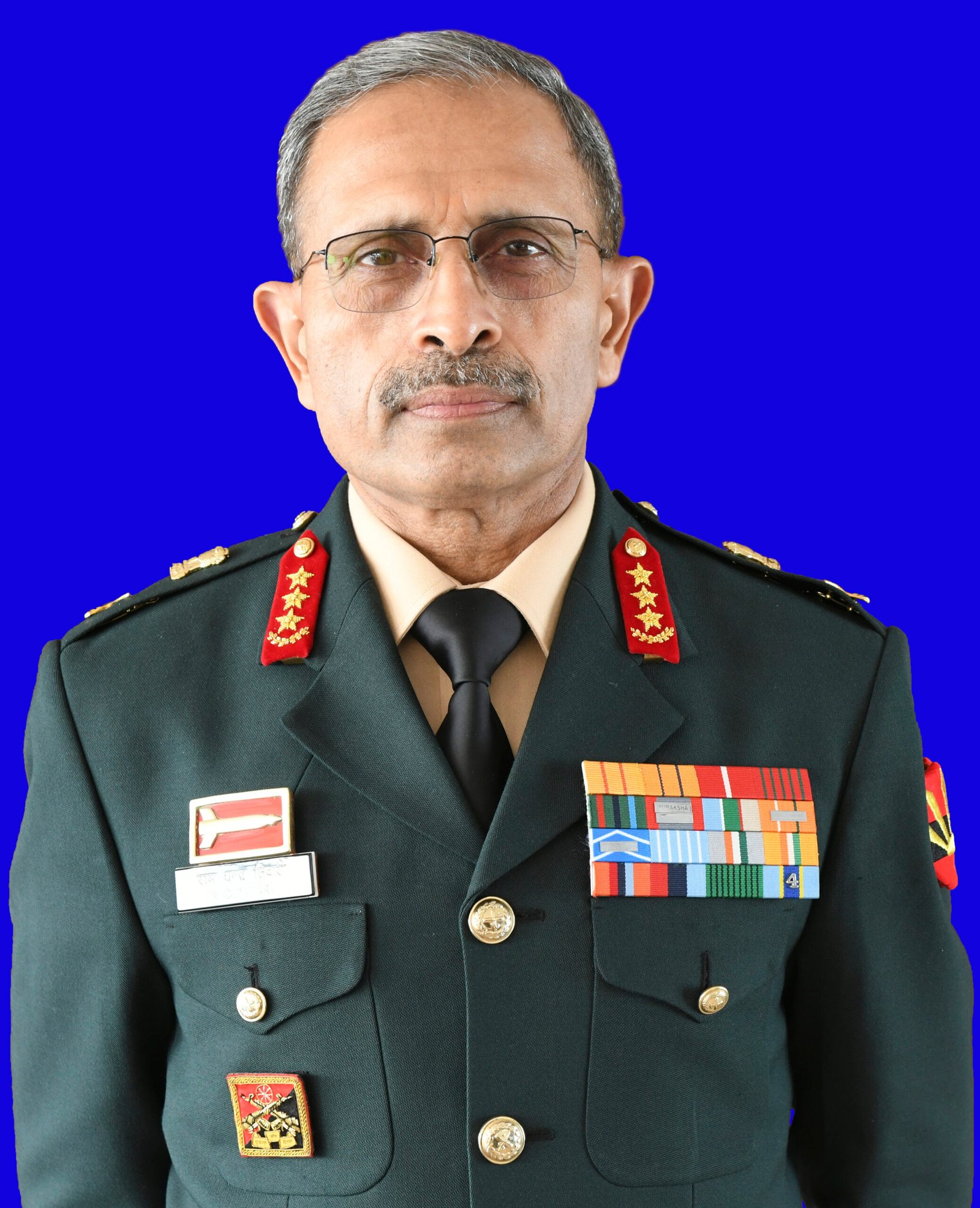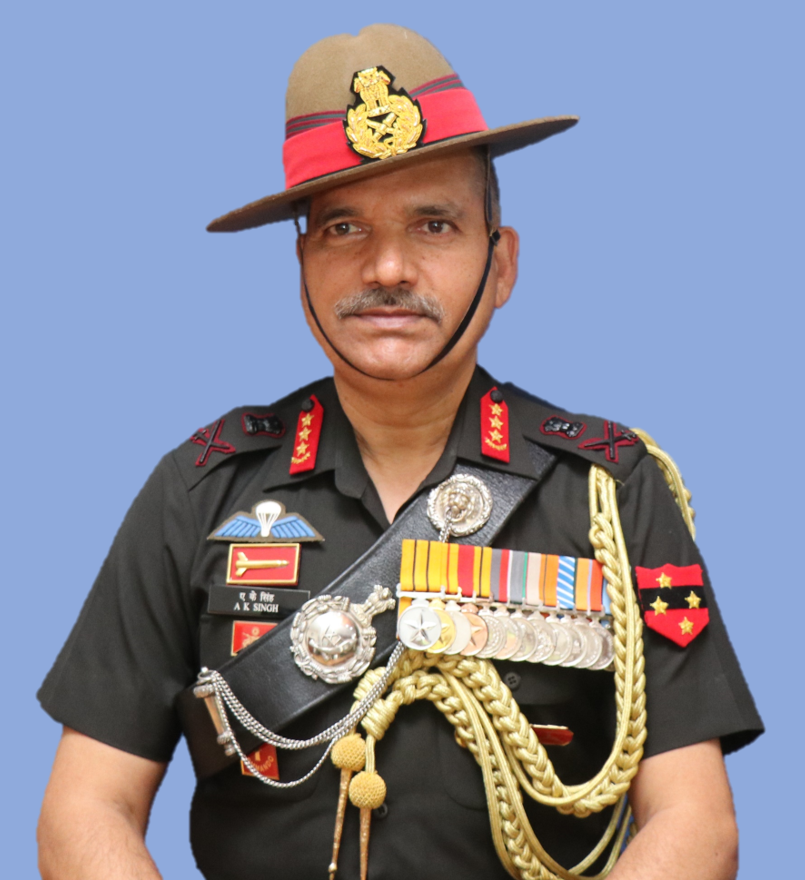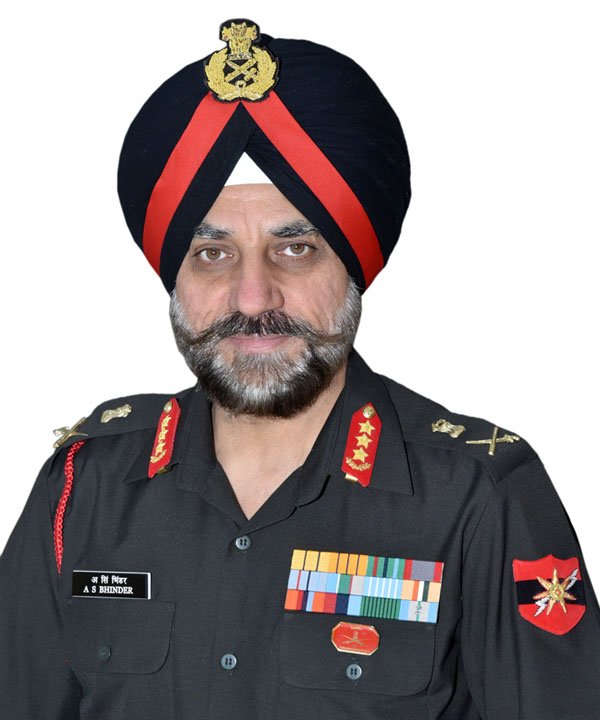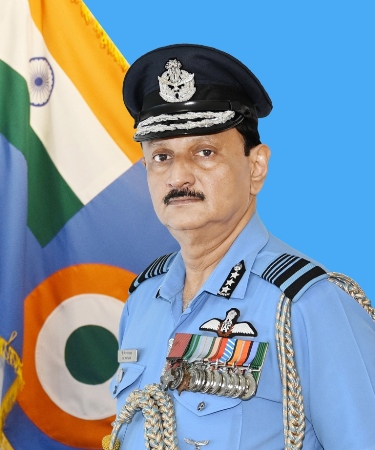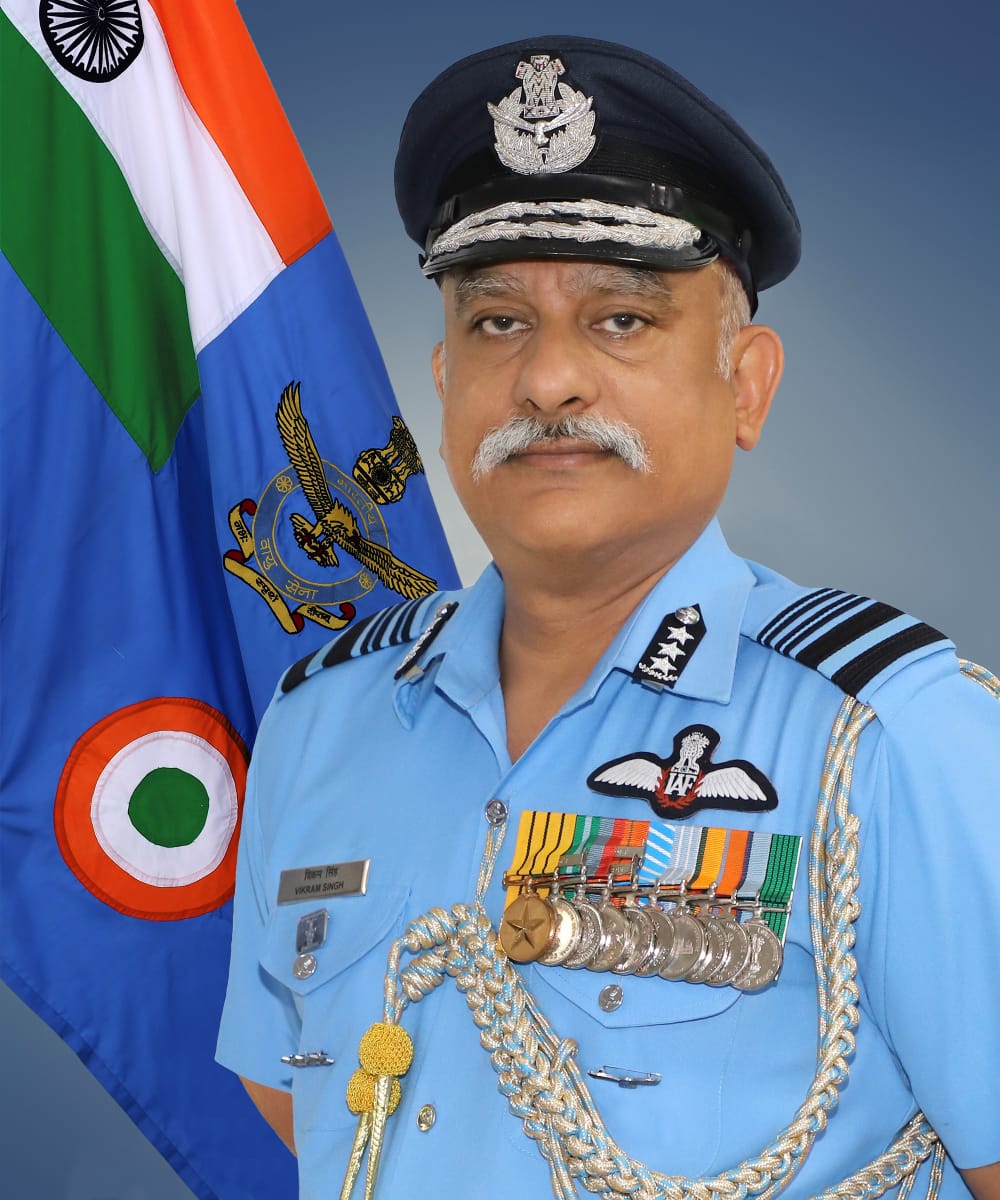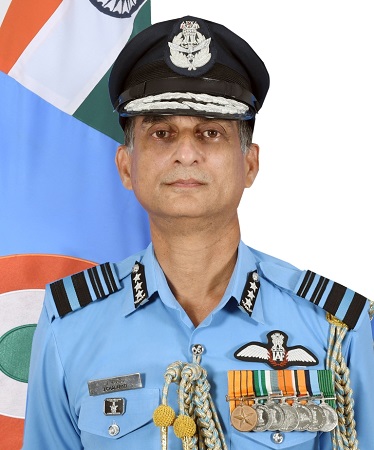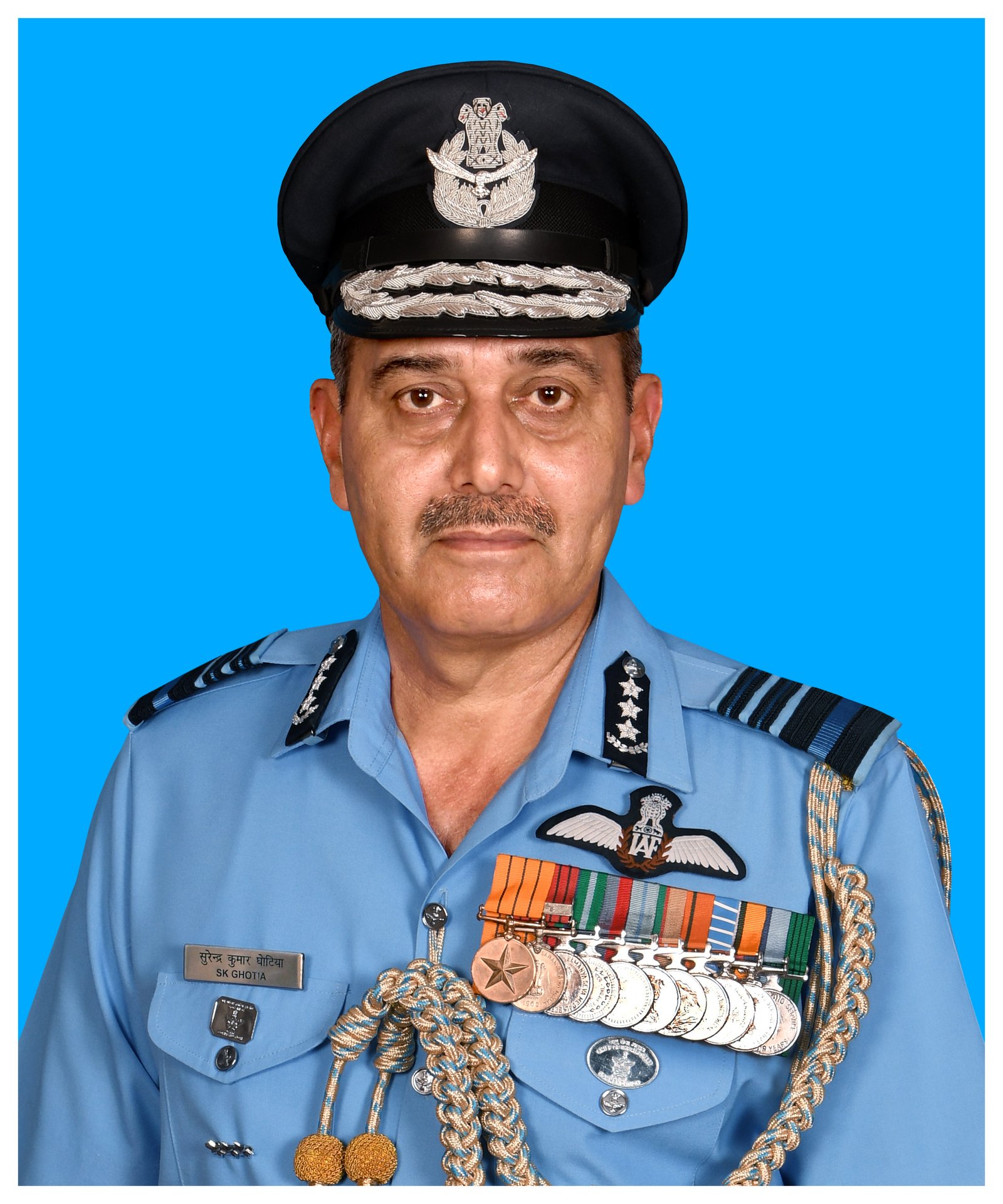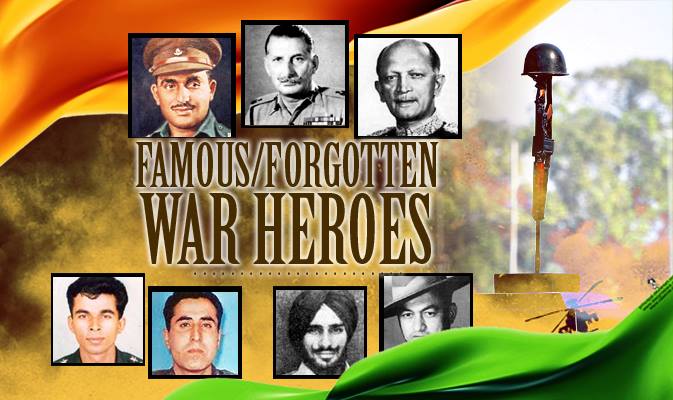
Shimla: After 20 Indian soldiers were killed in a stand-off with Chinese troops in the Galwan Valley in eastern Ladakh, the Indo Tibetan Border Police has stepped up vigil along the international border in tribal Lahaul and Spiti and Kinnaur districts of Himachal Pradesh.
The ITBP, a frontier force, were on alert after air incursions by Chinese helicopters were reported twice in Lahaul and Spiti district’s Sumdoh sector on April 11 and 20 and then in the first week of May.
The ITBP, which mans the international border, conducted fresh recces in the area to assess the movement of Chinese troops across the border. In a recent report sent to the Union home ministry, the ITBP said: “By and large the situation is peaceful but there is a lot of movement of civilian vehicles.”
The ITBP deputy commandant visited the border post at Lepcha to conduct fresh surveillance after the faceoff between Indian and Chinese troops in Ladakh. The army along with other intelligence agencies also took stock of the situation.
“There is no suspicious activity along the border here so far,” a police official said, requesting anonymity.
STATE INTEL UNITS ON ALERT
The Himachal Pradesh Police has issued an advisory to district police chiefs of the border districts of Kinnaur and Lahaul and Spiti, asking them to take precautionary measures to ensure security of the local population and also to collect intelligence that would enable them to draw the plan of action.
“All state intelligence units have been alerted,” said superintendent of police, criminal investigation department (CID), Khushal Chand Sharma, who is also the police spokesman.
Himachal Pradesh shares a 260-km porous border with China. Of the total border length, 140 km is in the tribal Kinnaur district, while 80km of the border falls in Lahaul and Spiti district.
SENSITIVE BORDER POSTS
Five battalions of the ITBP guard the border. In all, there are 20 ITBP posts along the Himachal border. The sensitive ones include Kaurik, the last village situated beyond Sumdoh. Besides ITBP posts are situated in Lakuma, Morrang, Morni, Dogri, Rishi Dogri, Domti and Niltah La.
The international border is jointly patrolled by the ITBP and the Indian military. Chinese army has been constantly strengthening its infrastructure along the border in Lahaul and Spiti and Kinnaur districts even as this frontier was peaceful during the 1962 aggression.
There are high passes along the Chinese border that forbids the troops from both sides to intrude into each other’s territory.
The main passes between China and India in Himachal Pradesh include the Khimokul Pass and Simthong Pass, located ahead of the Trungla Valley, which crosses into China-occupied Tibet.


